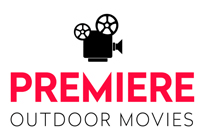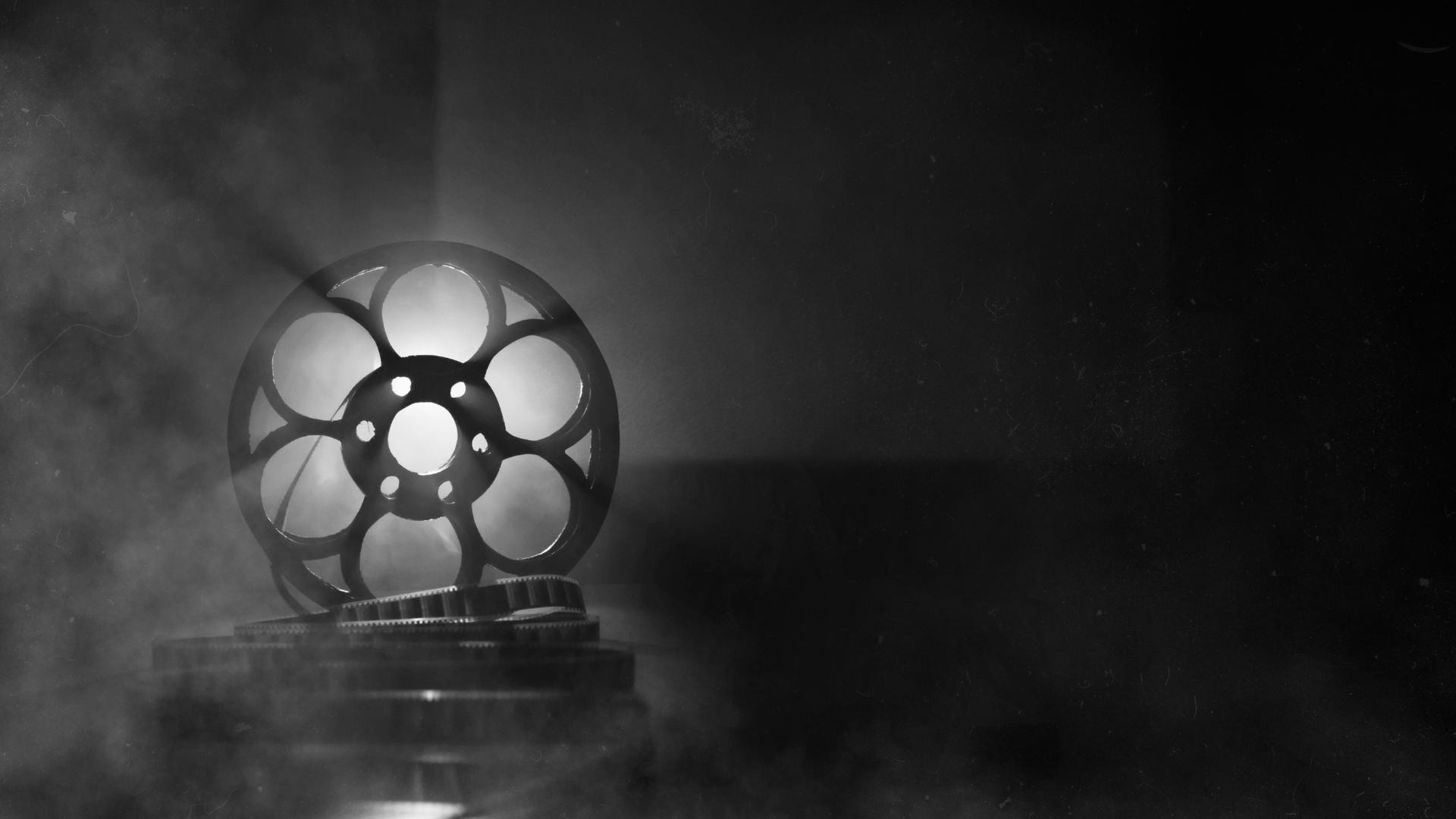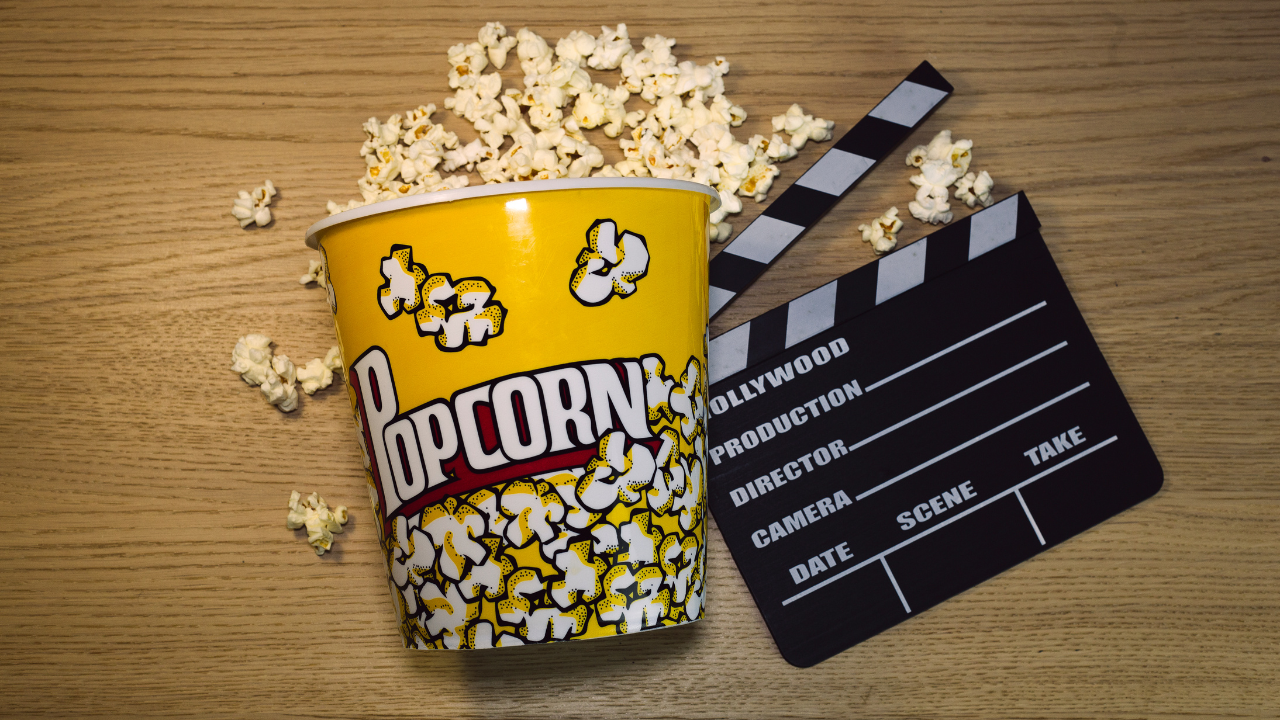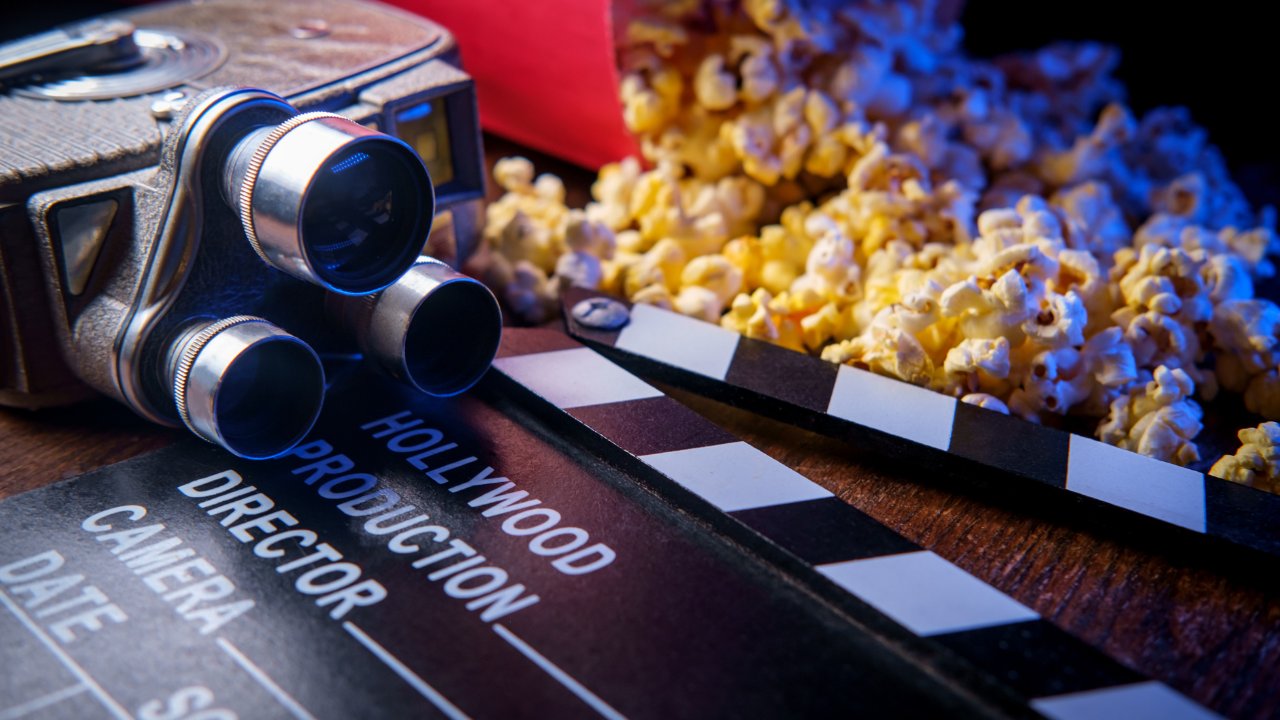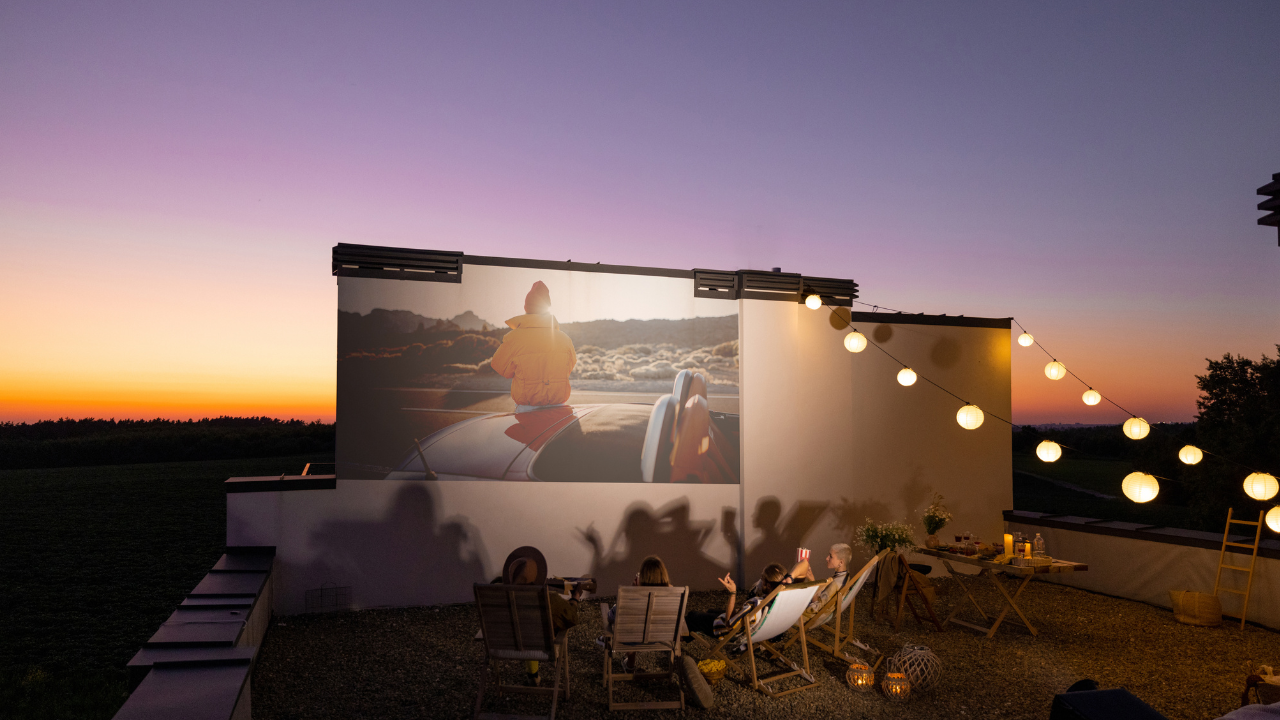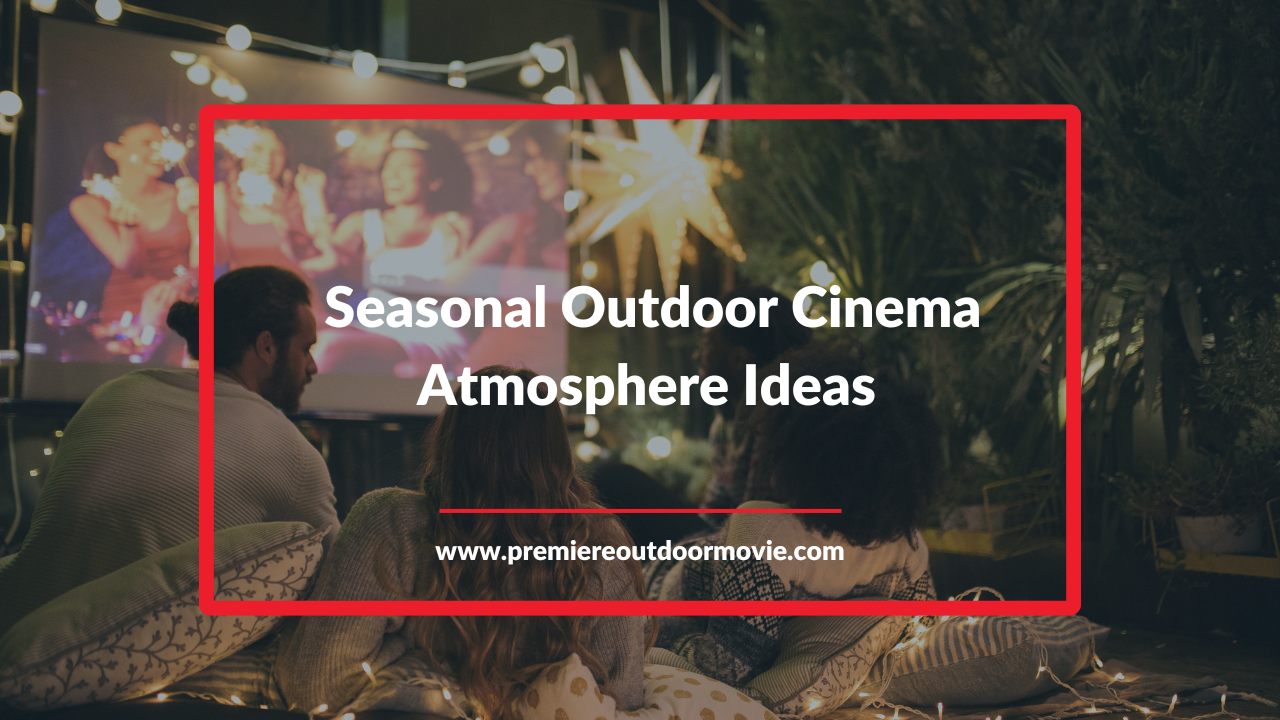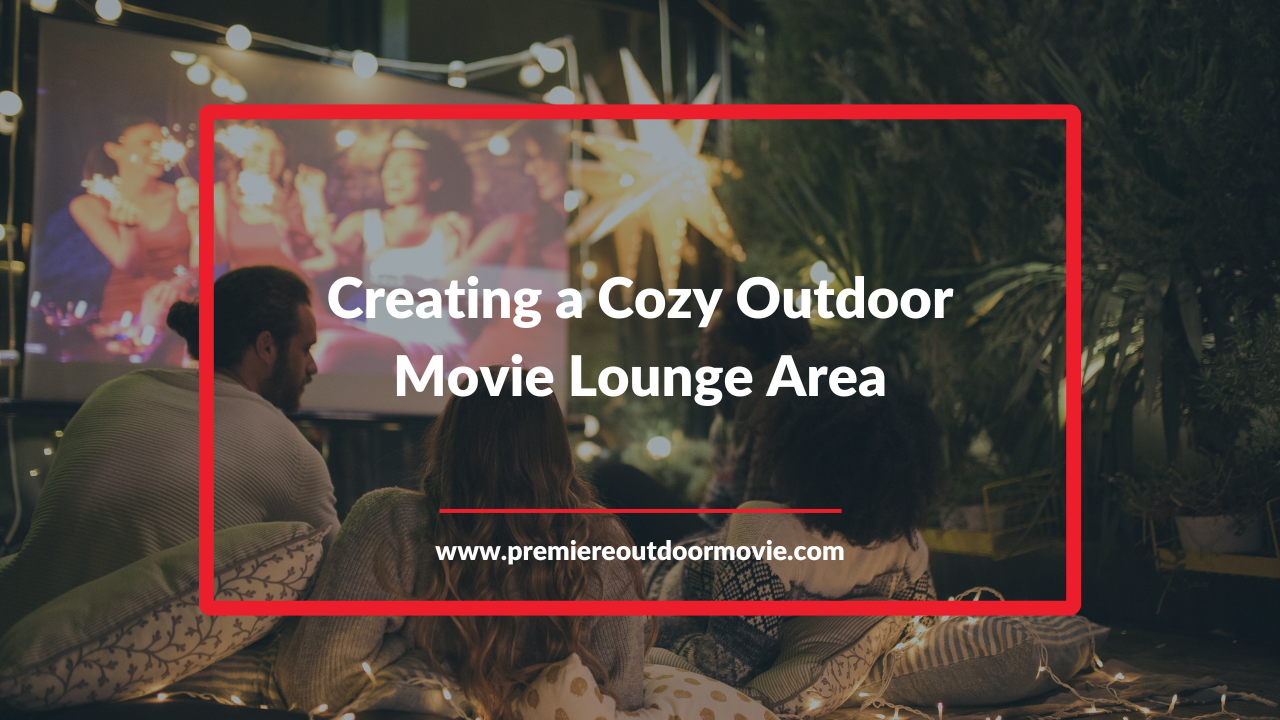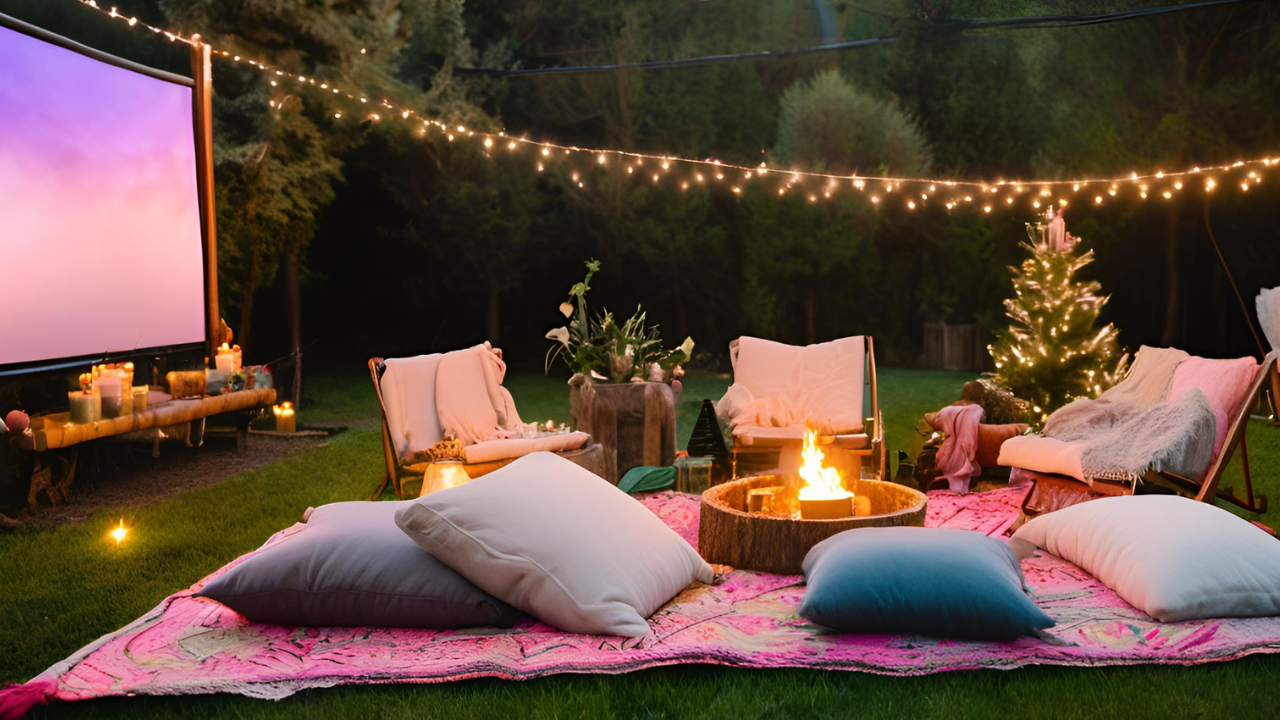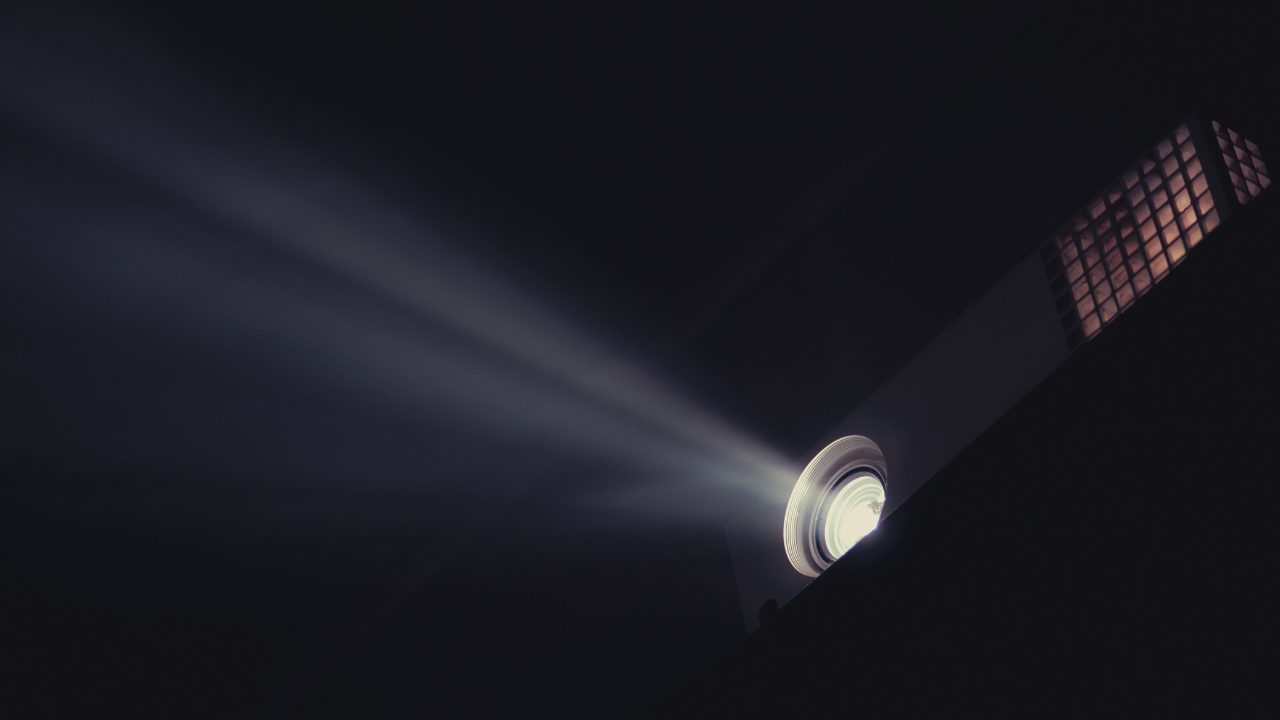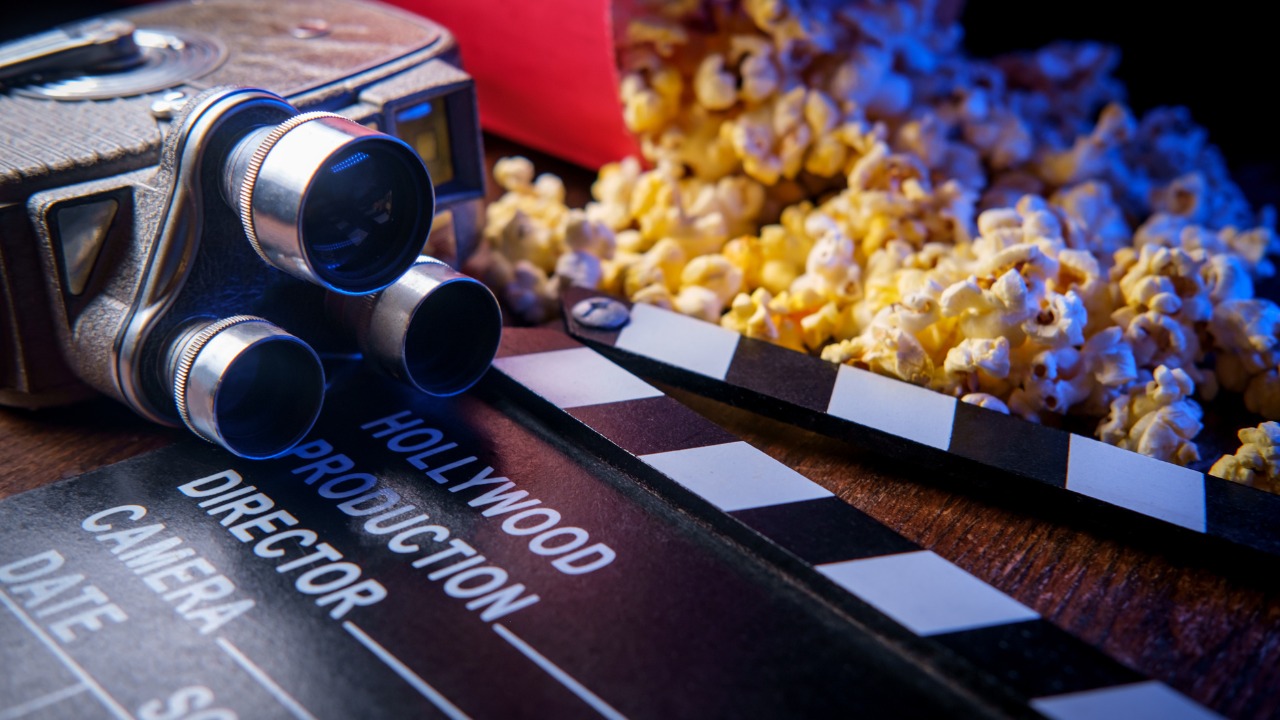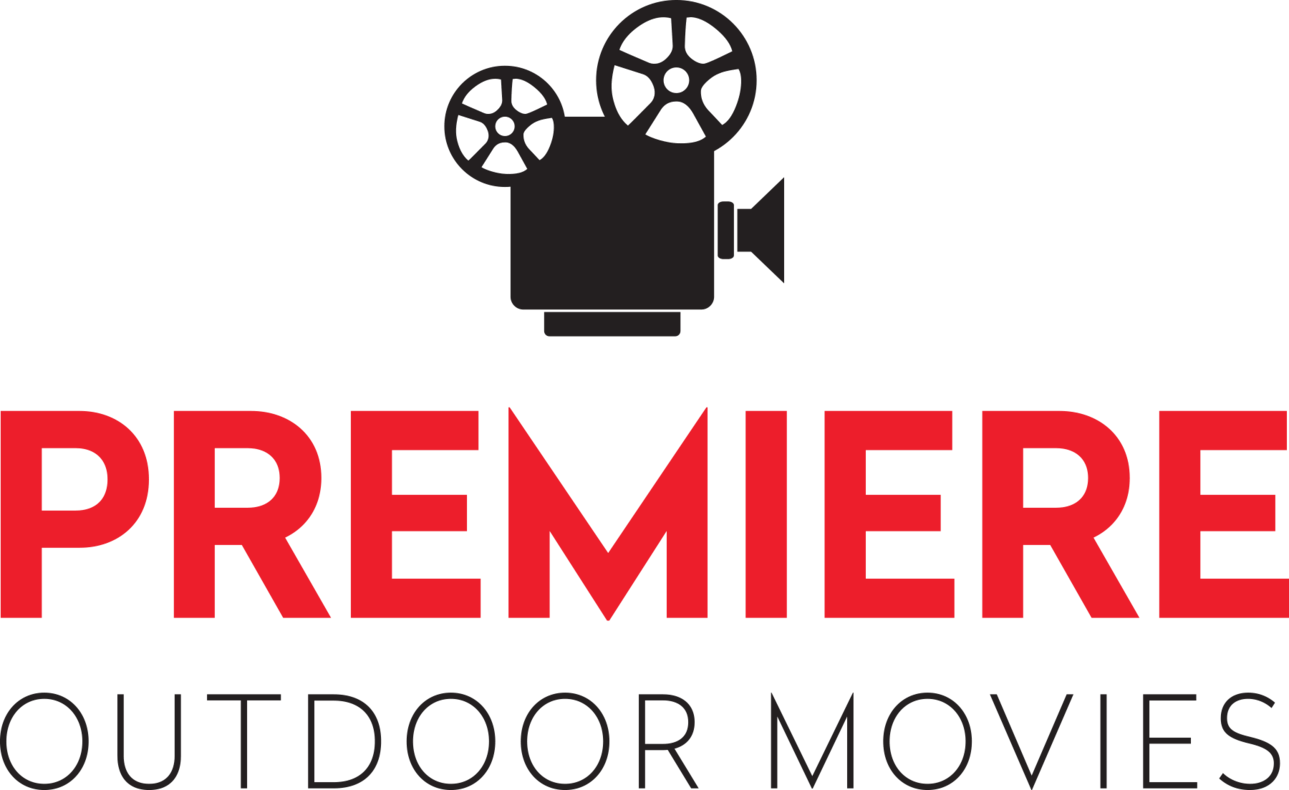The Rise of Open-Air Cinemas in the 1920s: A Glimpse into Movie History
Imagine a warm summer evening in the 1920s. The sun has just set, and a crowd gathers in a local park, anticipation buzzing. Families spread out blankets, children chase each other around, and the scent of popcorn lingers.
As the night sky darkens, a giant screen flickers to life and the unmistakable figures of Charlie Chaplin or Buster Keaton take the stage, captivating the audience without uttering a single word. This was the magic of open-air cinemas—a movement that revolutionized how people experienced movies and brought the glamour of Hollywood to communities across America.
The Beginnings of Open-Air Cinemas
The 1920s was a golden age for the film industry. Silent films were at their peak, with movie stars like Clara Bow, Harold Lloyd, and Douglas Fairbanks dominating the silver screen. Back then, going to the movies was a grand affair. Movie palaces, with their ornate architecture and opulent interiors, were the standard venues where the public indulged in the latest cinematic offerings.
However, as summer rolled around and the temperatures soared, innovative theater owners began to think outside the box—or, rather, outside the theater.
Long before home theaters or streaming services existed, these visionary entrepreneurs saw an opportunity to bring the magic of cinema to the great outdoors. The concept was simple yet groundbreaking: screen silent films outside, under the stars, where people could gather in the open air to enjoy the spectacle. Thus, the open-air cinema movement was born, forever changing the landscape of movie-watching.
The Spread of Open-Air Cinemas Across America
The first open-air cinemas began as modest setups. Theater owners would construct makeshift screens on the sides of buildings or erect temporary structures in parks and vacant lots. The idea quickly caught on, and what started as an experiment in a few towns soon spread like wildfire across the country.
One of the most iconic early examples of an open-air cinema was at the Hollywood Bowl in Los Angeles. In 1922, this renowned venue, known today for its concerts and performances, hosted its first outdoor movie screening. The event was a resounding success, drawing crowds eager to experience the thrill of watching their favorite silent films in a new, immersive environment. The Hollywood Bowl screenings became a regular summer tradition, featuring live orchestral music accompanying the films, amplifying the drama and emotion on screen.
As the popularity of open-air cinemas grew, they began popping up in major cities like Chicago, New York, Baltimore, Cincinnati, and Cleveland. These outdoor theaters became a beloved part of the community, offering a unique and accessible way for people to enjoy the latest films.
For many families, attending an outdoor movie was the week's highlight. They would arrive early with picnic baskets in hand, children would play games until dusk, and as the stars appeared in the sky, the screen would light up, casting a magical glow over the audience.
The Experience of Silent Films in Open-Air Cinemas
Silent films were particularly well-suited to the open-air cinema format. Unlike today’s movies, which rely heavily on dialogue and special effects, silent films conveyed their stories through expressive acting, physical comedy, and visual storytelling. This made them perfect for large outdoor audiences where sound quality could be challenging.
Legendary actors like Charlie Chaplin and Buster Keaton became the faces of this new cinematic experience. Their exaggerated expressions and physical antics translated beautifully on the big screen, eliciting laughter, gasps, and applause from audiences of all ages. There was something universally appealing about these performances that resonated with people, regardless of age or background.
Another element that enhanced the open-air cinema experience was live orchestral music. In venues like the Hollywood Bowl, orchestras would perform alongside the film, adding a rich, auditory layer to the visual spectacle. The music not only heightened the emotional impact of the film but also created a shared experience that brought the audience together. This fusion of live music and cinema under the stars was a unique cultural phenomenon that defined the era.
The Legacy of Open-Air Cinemas
The rise of open-air cinemas in the 1920s had a lasting impact on how people experienced movies. It paved the way for future outdoor movie traditions, such as drive-in theaters, which became wildly popular in the 1930s and 1940s. Drive-ins allowed people to enjoy films from the comfort of their cars, blending the privacy of home with the communal experience of an outdoor cinema. This concept continued to thrive even with the advent of home television in the 1950s, proving the enduring appeal of outdoor movie-watching.
The tradition of outdoor movies also found its way into suburban backyards in the 1950s and 60s. Families would set up makeshift screens and project Disney films or comedies for neighborhood gatherings. These backyard movie nights became a quintessential part of suburban life, offering a fun and accessible way for communities to unite.
Fast forward to today, and the legacy of the 1920s open-air cinema movement is still very much alive. Modern technology has made it easier than ever to host outdoor movie nights, whether in a park, on a rooftop, or in your backyard. Portable projectors, inflatable screens, and wireless speakers have transformed the outdoor cinema experience into something anyone can enjoy, regardless of location or budget.
Moreover, the concept of community-oriented movie events has evolved into full-fledged outdoor movie festivals. These festivals, often held in scenic locations or urban spaces, offer a curated selection of films, food trucks, and live entertainment, creating an immersive cultural experience that draws people together just as the open-air cinemas did nearly a century ago.
Conclusion
The rise of open-air cinemas in the 1920s was more than just a fleeting trend—it was a cultural movement that brought the magic of the movies to communities across America. By taking the cinema experience outside, these early pioneers created a new way for people to connect with films and each other.
The legacy of open-air cinemas continues to thrive today, from drive-ins and backyard screenings to modern outdoor movie festivals. In a world where digital technology often isolates us, gathering under the stars to watch a movie reminds us of the power of shared experiences and the timeless allure of the silver screen.
Ready to experience the magic of outdoor cinema? Whether hosting a backyard movie night or attending a local film festival, there’s nothing like watching a movie under the stars. Explore your options today and create your own unforgettable outdoor movie experience.
Contact Your Local Premiere Outdoor Movie Office.
Please begin by selecting your State below:
